#Lincoln
Price Wars: GM Drops Cadillac Escalade Sticker by $10K
They might not happen as often as they once did, thanks to deregulation leading to mergers and consolidation, but fare wars once were a regular occurrence as airlines fought to snag passengers by dropping prices.
The automotive industry isn’t immune to battles waged on price. Even luxury makes sometimes have to offer deep discounts to keep the competition at bay.
Which is what Cadillac is doing to stave off a challenge from Lincoln. Sort of.
Chasing the Dragon: Lincoln's Plan to Capture the Chinese Market
While both Buick and Cadillac have a healthy lead over Lincoln in terms of domestic deliveries, the space between them is far more pronounced in China. At home, Ford moved 111,159 examples of its premium marque in 2017 against Cadillac’s 156,440. However, China’s Caddy sales clocked in at 175,489 last year — a number Lincoln could only muse about in its wildest fantasies.
That’s because Ford exports all of its luxury vehicles to China, while GM tends to build them locally. But the Lincoln brand shows a lot of promise in Asia. Ford moved roughly 80,000 vehicles in the People’s Republic in 2017 and 54,124 of those models wore the Lincoln cross. In theory, if Ford could localize and bolster its product lineup within the country, a higher volume would be all but assured. It’s a theory the automaker intends to test, too.
Lincoln Trimming Fleet Fat to Shore Up Residual Values
Lincoln is a brand that never fully recovered from the post-recession sales slump. While volume has improved over the last several years, 2017 actually saw a very slight decrease in overall deliveries. That’s a shame, as we’ve seen Lincoln making efforts to turn things around.
Sure, the domestic luxury brand could still stand to distance itself from mainstream Fords a bit more. But Lincoln has stopped attempting to sell Buick-grade luxury at Cadillac prices and seems intent on pursuing more elegant designs. Still, Ford Motor Co. CEO Jim Hackett wants the company’s operational fitness in top form as soon as possible, and getting Lincoln’s overall value up is an important part of that goal.
One way of doing this is by leaning on utility vehicles. Navigator sales have improved dramatically since the fourth-generation model hit dealers and the Aviator seems to hold real promise. But it’s not scheduled for sale until the 2020 model year, which means Lincoln has to do more than just wait around until new and updated SUVs can right the ship.
Lincoln Aviator: Right-sized SUV Cleared for Takeoff
Remember that scene where a severally obsessive-compulsive Howard Hughes (played by the boy from Titanic) can’t stop repeating the same phrase in the movie The Aviator? I suspect a similar phrase hung in the minds of Ford Motor Company executives while signing off on this model.
A large-ish, rear-wheel-drive, three-row crossover (SUV, according to Lincoln) is surely just the ticket to make up for declining passenger car sales — after all, is there any evidence to the contrary? The way of the future, indeed.
What’s amusing is that, in this case, Lincoln’s future success appears to rest partially on a model resurrected from the past. The first Lincoln Aviator graced our landscape for just three model years, 2003 to 2005, and looked very much like a shrunken Navigator. Well, the second-generation model is clearly cut from the same cloth as its larger sibling, but differences abound.
QOTD: Cruel, Cynical Tease, or a Return to Past Glory?
The recent report that Lincoln might return the Continental to its suicide doored past aroused a cornucopia of feelings here at TTAC. Among them: guarded titillation, with many — your author included — envisioning a retro-themed alternative reality in which slab-sided Continentals remain the pinnacle of roadgoing luxury. A crossover-free world in which the 1961 Lincoln is a template for how to clean up in the premium segment.
Basically, the movie Her, only with Continentals instead of high-waisted men’s pants.
The second feeling: a deep sense of distrust in both the automaker and the buying public, as the report goes against everything we’ve heard up to this point — and everything we know about the average American’s fondness for full-size sedans.
Which emotion should gain the upper hand?
Please Be True: Lincoln Planning a Return to Suicide Doors on Continental, Report Claims
The future of the slow-selling Lincoln Continental couldn’t be more hazy, but a new report claims the brand is preparing a last-ditch effort to revive interest in the flagship sedan. How does Lincoln plan to reverse a sales slide amid an industry addicted to crossovers?
Suicide doors.
Yes, the novel layout once favored by luxury American automakers — and returned to prominence with the iconic 1961-1969 Continentals — could make a comeback.
Rare Rides: This 1976 Mercury Monarch Is Both Grand and a Ghia
Our own Sajeev Mehta pointed out this grey brougham box the other day. He always keeps his ear to the pulse of the Internets for any old Ford, Ghia, or Ford Ghia vehicles which come up for sale.
It’s luxury and elegance on a Grand level! Come have a look.
Lincoln Officially Dusts Off the Aviator Name, Prepares for a Future That's Short on Tradition, Big on Cargo
Given the direction Lincoln is headed, it’s unlikely we’ll see a return of the Town Car name anytime soon. The Town Coupe, on the other hand, seems ripe for a resurrection (as a sporty four-door SUV, of course).
Speculation aside, model names are back at Lincoln Motor Company, and the first of a series of all-new utility models will bear a short-lived moniker that disappeared after 2005: Aviator. The original Aviator, resembling a Navigator washed in too-warm water, served as the brand’s second SUV from 2003 to 2005. A 2004 concept vehicle of the same name heralded the design of the 2007 MKX.
What does the new Aviator mean for the brand? Sales, hopefully, as the brand’s suddenly flagging fortunes would leave any automaker rattled.
There's a Ford (SUV) in Your Future: Brand Goes Big on Utilities, Lincoln Might Go All In
The future is electric, industry leaders tell us, but it will also have room for cargo. Lots and lots of it.
In announcing its near-future product plans on Thursday, Ford Motor Company promised the replacement of “more than 75 percent of its current portfolio” by 2020, with sport utility vehicles filling the sales void created by declining car volume. By the start of the next decade, only 14 percent of sales will come from cars, Ford predicts.
Meanwhile, at Lincoln, there’s good reason to believe the automaker’s luxury brand might enter the coming decade completely carless.
Death Comes to the Lincoln Continental?
It’s not something a Lincoln aficionado, or even anyone with a general appreciation for history, wants to hear, but sources with knowledge of Ford Motor Company’s product plans claim the Lincoln Continental is headed for the grave.
Speaking to Ford Authority, the sources claim Lincoln’s full-size flagship sedan won’t see a second generation, with parent company Ford choosing to pull the plug and discontinue the slow-selling model instead.
Ford Throttles Up Production of Big-buck Expeditions, Navigators, in Bid for Boffo Profits
For an automaker worried about shrinking profit margins, spending an extra $25 million is just fine if it means cranking out 25 percent more high-margin SUVs. And the Ford Expedition and Lincoln Navigator, now minty fresh after years spent withering on the vine, certainly fit the description of “guaranteed cash generator.”
Ford plans to add that sum to the $900 million already sunk into the Kentucky Truck Plant in an effort to boost production of its full-size SUV models, knowing full well Americans buyers will snap them up the minute they roll off the line. Is there a clearer example of an automaker treating SUVs as a license to print money?
Rare Rides: A Year Later, Ghia's 1983 Lincoln Quicksilver
Today’s post serves as a couple of milestones at TTAC (for me, anyway); 200 articles written, and a year of Rare Rides. Since I did not plan this in any way or think about it in advance, I thought we might make this post a bit special. Bringing us back to the very first Rare Rides entry of one year ago, we have another concept car Ghia designed for Ford which never saw the production green light.
Presenting the 1983 Lincoln Quicksilver.
QOTD: Can You Crystal Ball Future Ford Fusion Fortunes?
Have you driven a Ford, lately? I haven’t — but Ford has nonetheless been on my mind. Last week, my QOTD inquired about the upcoming Bronco, and whether Ford would mess up the established Bronco formula. The majority of you seem to think they will. That same day, we ran a post about the cancellation of a Fusion redesign.
And that’s left me with even more Ford questions, and fears about future Fusion fates. Let’s discuss.
Lincoln Continues Relationship With McConaughey in Beautifully Perplexing Navigator Ad
Ford has been fine-tuning the Lincoln brand for a while now and improving the cars is only half the story. A luxury nameplate needs more than a lineup of quality autos, it needs prestige. Since taking on Matthew McConaughey as its official spokesmodel, Lincoln has witnessed an uptick in sales — growing by 1.6 percent year over year through November 2017 in the United States.
How much of that can be attributed directly to the Oscar-winning actor is up for debate. But you don’t mess with the formula when you start making headway, so Lincoln has decided to press onward with another weird add with him in the driver’s seat of the 2018 Navigator.
Lincoln's Latest Gambit: Stores for Selling the Brand, Not Cars
If affluent people like one thing, it’s large stores offering heaps of customer service and absolutely nothing to sell. You know the sort of shops I’m referencing. There’s a doorman, a leather couch, and someone who brings you coffee while you browse an inventory consisting of half-a-dozen ludicrously overpriced designer jackets.
A number of premium automotive brands have recently seized on this concept. There are already a handful of luxury brands with physical locations in cities harboring a wealth-intensive populace that offer an ambiance-intensive experience. Not to be outdone, Lincoln has taken that theory the full mile in Newport Beach, California.
While technically a dealership, the Lincoln Experience Center doesn’t sell anything. Instead, it provides patrons with a place to relax and muse about future ownership. There’s a cafe offering complementary coffee, tea, and infused water. Not thirsty? The site also has a “story wall” that provides a rotating collection of artifacts, art, and fashion that somehow relates to the brand. I even found out that they’ll wrap your holiday gifts on December 23rd if you’re in the area. But if you want to buy a car, you’ll have to look elsewhere.




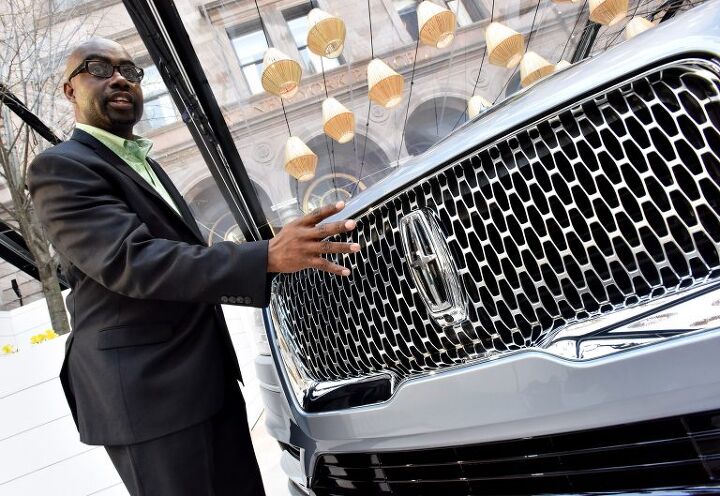


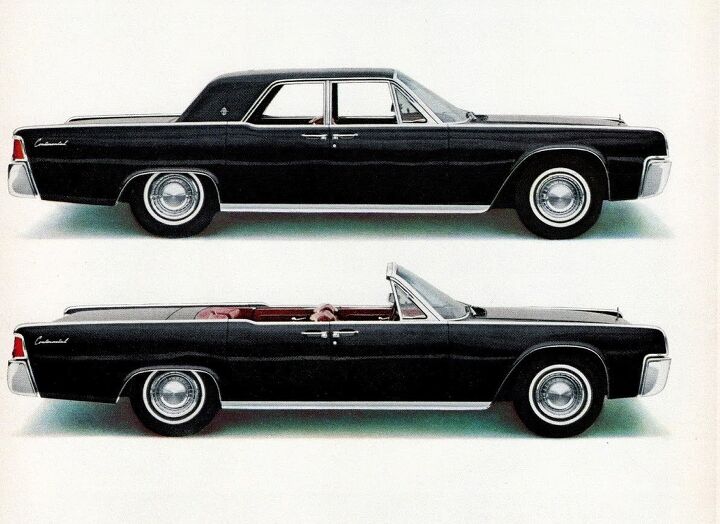
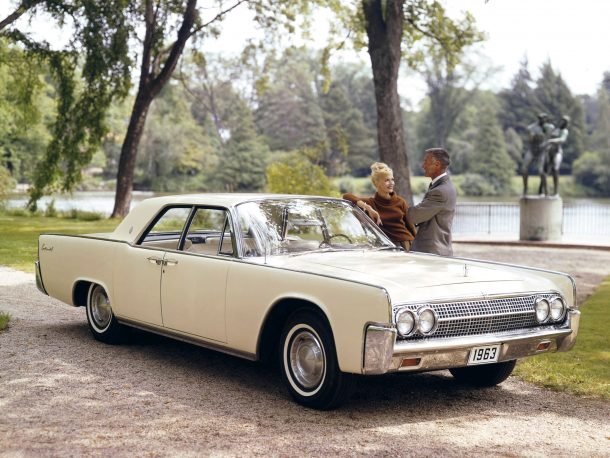


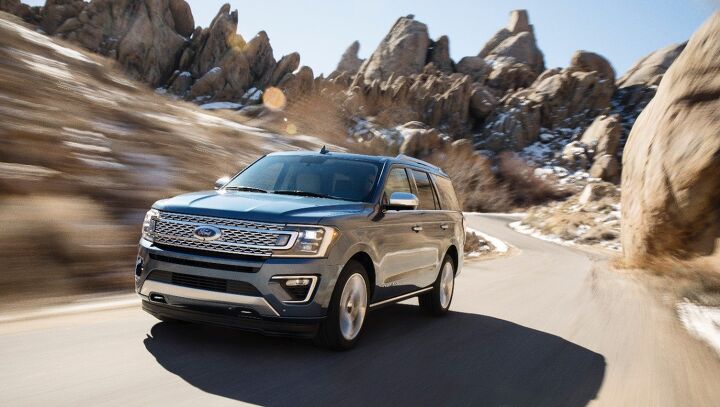
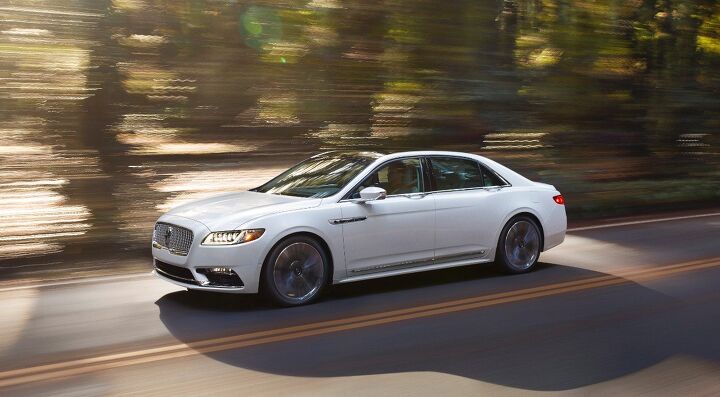
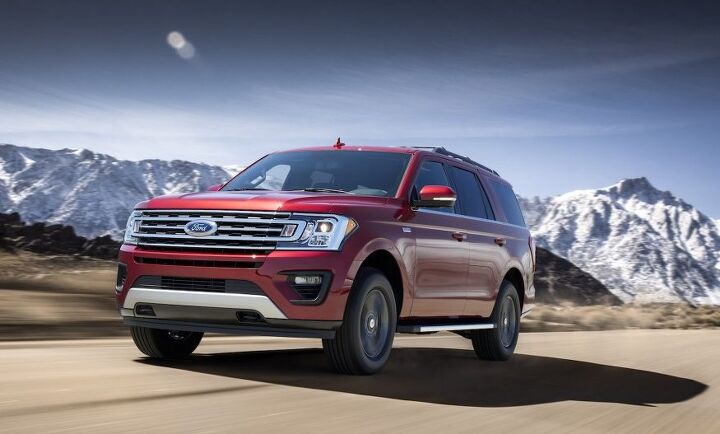
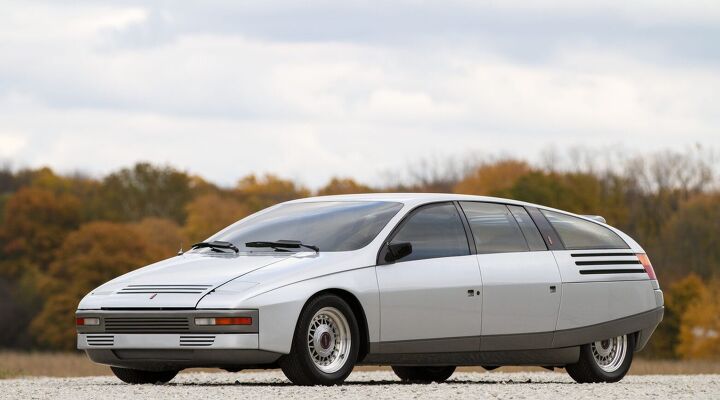


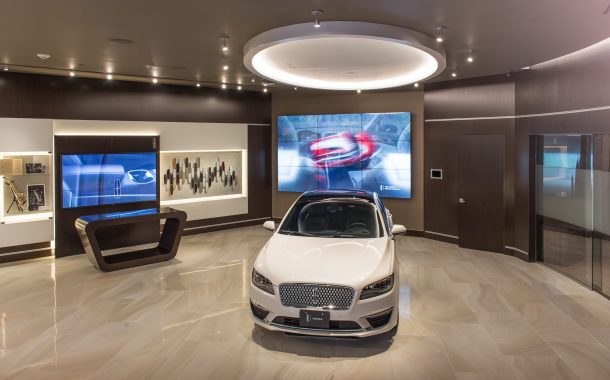












Recent Comments